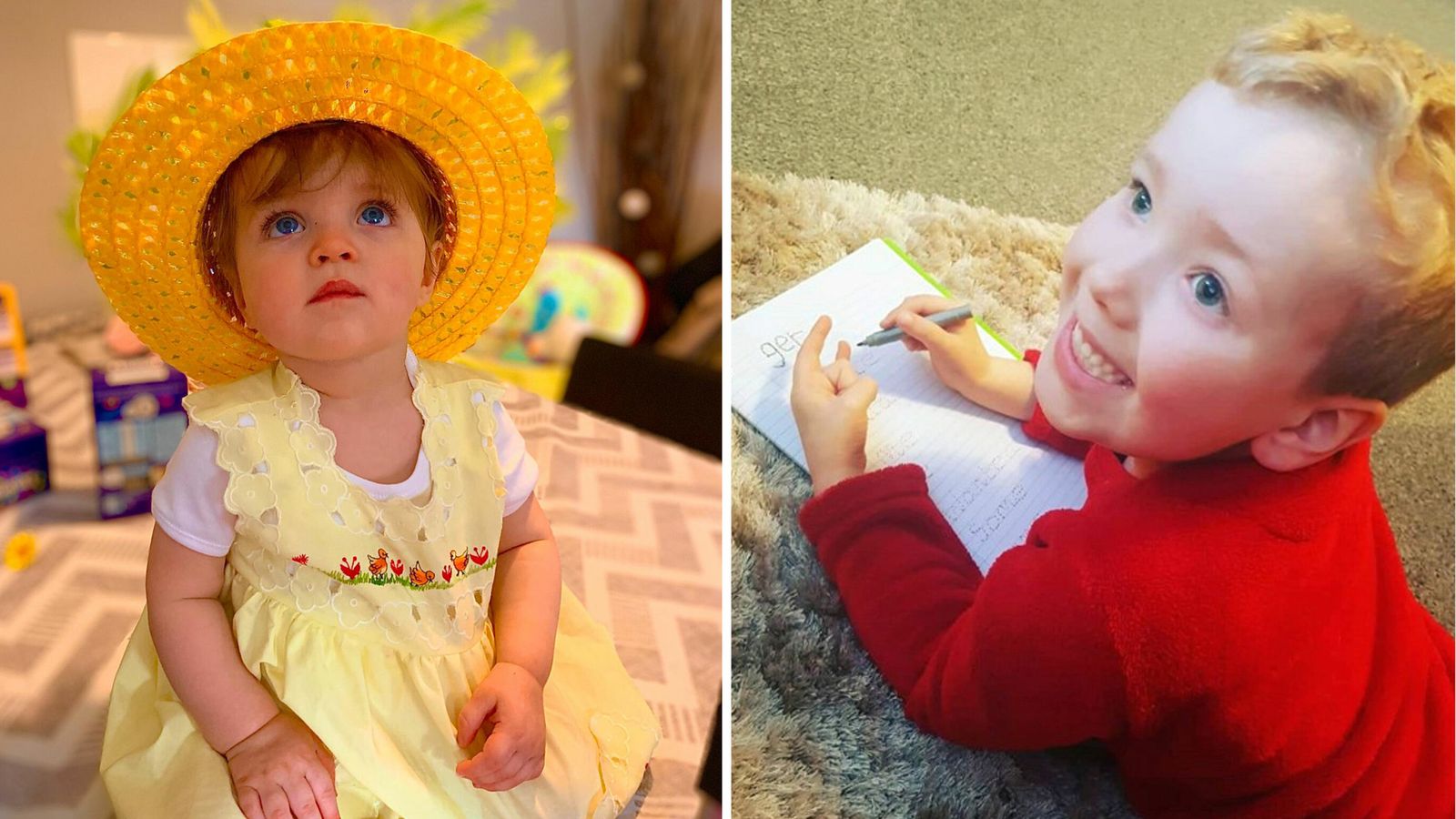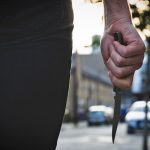There are clear parallels between the murder of six-year-old Arthur Labinjo-Hughes and that of 16-month-old Star Hobson.
As a national review investigates the lessons learned from these terrible crimes, it is worth noting the similarities in the events leading to two killings.
Both children were killed by their parents’ new partner. There was almost certainly jealousy at play in the motivation of the violence.
Both endured brutality and psychologically damaging punishments. Arthur was made to stand alone in the hallway for up to 14 hours a day, with further punishments if he dared to try and sit down.
Star was made to stand in the corner of the room, even when she had a fractured leg.
The role of the pandemic
How much the pandemic played into the two deaths is also something that will be analysed in the weeks and months to come.
Arthur Labinjo-Hughes: Ex-West Midlands crime commissioner says more children ‘at risk’ after ‘lethal cocktail’ of officer shortages and pandemic ‘allowed neglect to happen’
Arthur Labinjo-Hughes: Tustin and Hughes ‘must never see light of day again’, says grandfather of six-year-old
Arthur Labinjo-Hughes’s murder is a tragic reminder of why reform is desperately needed
It was in March 2020, just as the UK went into lockdown, that Arthur’s father Thomas Hughes, moved in with his new girlfriend Emma Tustin, who was later convicted of the murder.
As the little boy’s life took a dramatic downturn it was easy for the couple to shield the situation from concerned relatives.
While he was regularly beaten, starved and deprived of water he was also cut off from his extended family.
It was a familiar pattern with Star. Just before the pandemic, her mother Frankie Smith entered what would be described as a “toxic” relationship with Star’s eventual killer Savannah Brockhill.
Friends and family describe Smith as being controlled by Brockhill, and the jealously and petty arguments were played out in text exchanges that were read to the court. The pair also began to close ranks and keep Star away from other family members.
Referrals were sometimes made after family members saw photos or videos where Star had bruises on her face. Sadly, they were only seeing a fraction of the problem.
Both children had loving extended families
The tragedy of these stories is that both children had loving external family members who raised the alert but whose warnings didn’t lead to the necessary action to save their lives.
In April, social workers and police had visited Arthur at home in Shirley in the West Midlands. His grandmother, Joanne Hughes, had raised concerns about deep bruises on his back.
However, during the visits, Tustin and Hughes put the bruises down to boisterous play – an account that was accepted.
With Star, there were at least five different reports to social services from family and friends which were explained away by Smith and Brockhill. Explanations included the child falling down the stairs and knocking into a table, playing with a puppy.
There didn’t seem to be enough effort to check whether the injuries matched the explanation – the family members who reported the concerns said they weren’t interviewed. So the accounts weren’t cross-referenced with what the family might have been told, and their own experiences of knowing the child.
The decision to remove a child from a parent is of course a hugely difficult one, but what seems apparent here is a lack of investigative instinct.
Every so often a child killing by a parent or carer leads to public outcry, especially when they have been on the radar of the authorities.
Arthur, Star, Victoria, Peter and Daniel
You will probably know the names; Victoria Climbie, (2000) Peter Connolly/Baby-P (2007), Daniel Pelka (2012).
But never have two such high profile killings come so closely together, and it raises the question of what else has been stored up during the months of the pandemic.
Never has it been more important to examine what’s going on behind closed doors, and not necessarily just blame social worker failings.
But as it stands there is a 20% vacancy rate for child protection social workers.
Taking away children from parents when there is an inkling of abuse could be the wrong decision and lead to further increased case-loads, putting an already over-burdened sector under more pressure.
Vince Pert, a social worker who edits a magazine called Social News, put it like this: “Sometimes, a social worker is involved with a family that has had intergenerational trauma, perhaps generations of issues around domestic violence, where it may have become normalised and beset by issues of poverty.
“And the social worker is being given 45 working days to assess that and six months for a plan to address that. So social workers have finite time and finite resources in order to address infinite problems, which have been decades and decades in the making.”
Baby P social worker: ‘It gives me a chill’
Social worker Nevres Kemal told me: “Whenever they say ‘lessons need to be learned’ it gives me a chill.”
Ms Kemal was the woman who blew the whistle on Haringey council ahead of the Baby-P scandal in 2007.
She added: “We are not equipped to make these life and death decisions – that’s the problem.”
She said there needed to be vast investment in specialist training and teams dealing with these kinds of cases both in social work and in the police. With that would come greater accountability.
She added: “Police and social workers need to work in hubs, working as a team, where we all have responsibility working alongside each other. The problem is right now lessons haven’t been learned.”






















